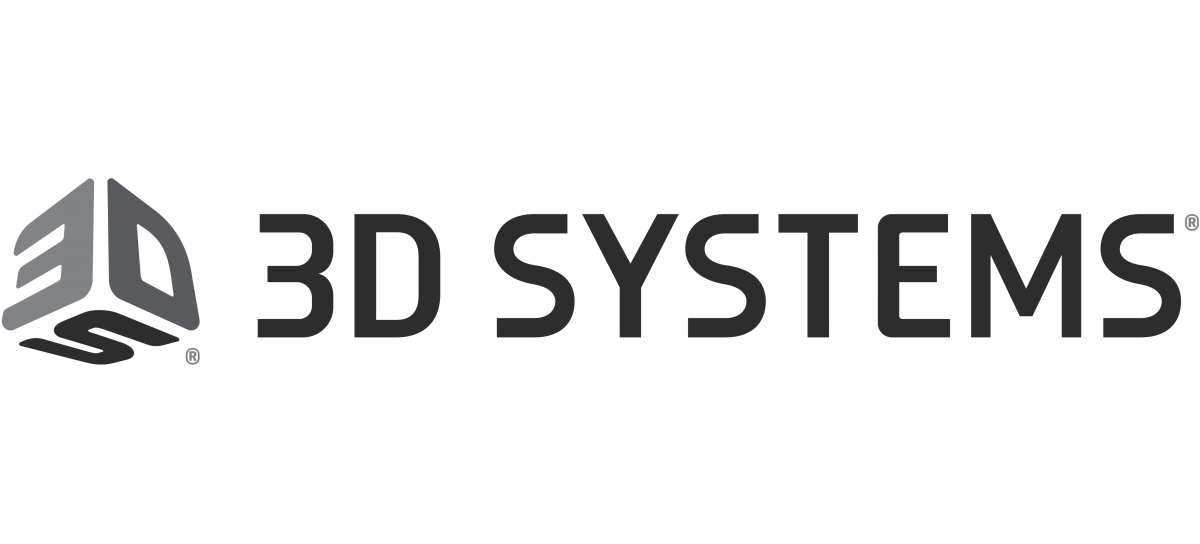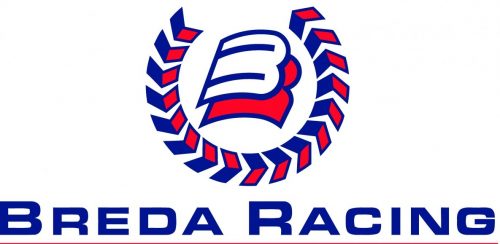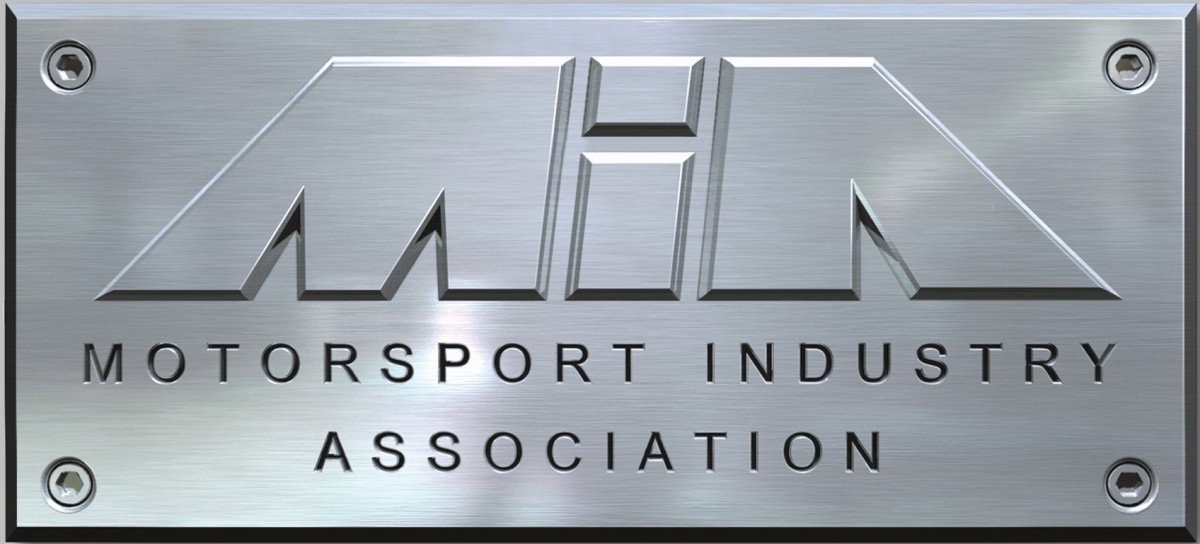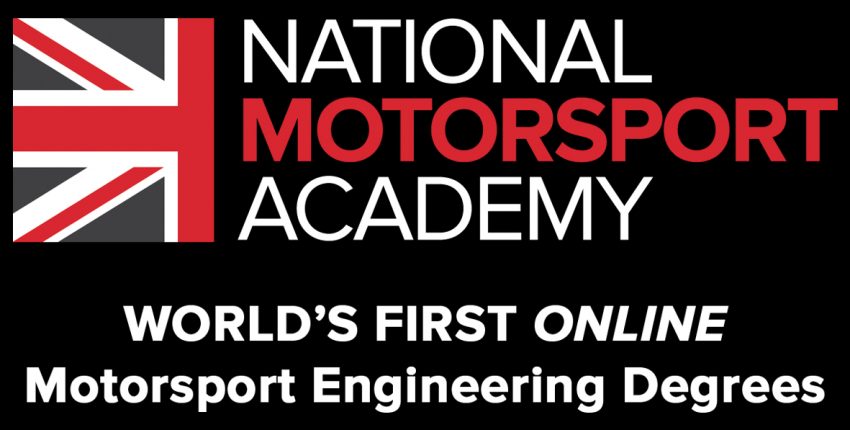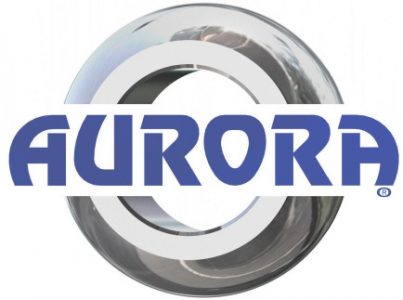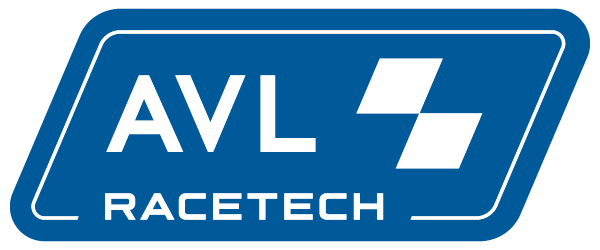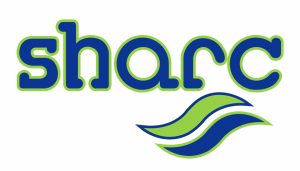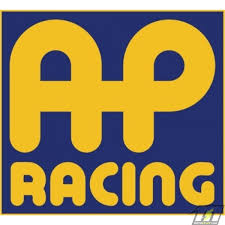Oerlikon Balzers launches new coating
OERLIKON Balzers has developed a process which allows a diamond-like coating (DLC) to be applied to high-friction components using Scalable Pulsed Power Plasma (S3p); a technique which combines the advantages of the arc evaporation and spluttering methods. This means that treated surfaces can now offer high hardness, low friction and a smooth surface.
This S3p technology generates a high level of tetrahedral bonds, with hardness up to 40 GPa, far higher than the 20-30 GPa offered by a typical DLC coating. As such, the new BALIQ CARBOS coating exhibits three times lower wear in a calo test than a 20 GPa hard DLC coating.
In addition, Oerlikon Balzers’ new coating delivers both the low friction of carbon coatings, with the smoothness usually associated with the splutter process, giving a roughness of Ra= 0.03 µm. Moreover, this smoothness is achieved without the requirement for any additional polishing treatments.
“Although today’s a-C:H coatings can be produced at high volume for low prices, in terms of their design properties they are already reaching their performance limits,” according to Marc H Hervé, Segment Manager Motorsports for international coatings manufacturer, Oerlikon Balzers.
“When a customer seeks higher performance than an a-C:H coating can deliver, the only option to date has been a more expensive and time-consuming hydrogen-free DLC.”
Hydrogen-free coatings, which represent only a small percentage of the DLC category, are made using a physical vapor deposition (PVD) by arc method which produces tetrahedral amorphous carbon or ta-C. Although this can be used to create a very dense, hard coating with high adhesion, the process produces small droplets that contribute to a rough surface
As a result, coating manufacturers must complete secondary polishing processes to smoothen the surface. Because of its hardness, it is a time-consuming and expensive process.
“Hydrogen-Free DLC coatings are extremely hard and adhere well, but the process can leave a rough surface finish that requires secondary polishing,” explains Hervé. It can be expensive, because the coating is so hard it takes time and specialized equipment.”



